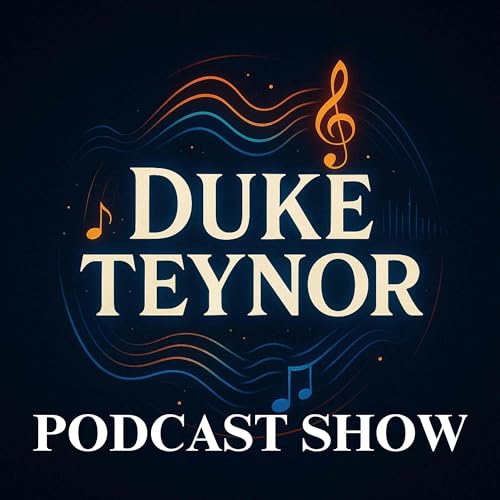Today we're diving into something that might surprise you. We're nottalking music, we're not talking policy, we're not even talking about thelatest AI developments. Today, we're talking about a grain. But not just anygrain.
We're talking about sorghum—one of the most ancient, resilient, andfrankly underappreciated crops on planet Earth. A grain that's been feedinghumanity for over five thousand years. A grain that survives where corn andwheat can't. A grain that's about to become absolutely critical as our climatecontinues changing and our global population keeps growing.
Sorghum. The ancient grain that might just save our future.
So settle in, because we're about to explore the fascinating history, theincredible versatility, and the untapped potential of this remarkable plant.And I guarantee you, by the end of this episode, you'll never look at thishumble grain the same way again.
Let's get into it.
PART ONE: THE ANCIENT HISTORY
Alright, so let's start at the beginning. And I mean the verybeginning—because sorghum has been around longer than most of what we callcivilization.
Archaeological evidence suggests that sorghum was first domesticated innortheastern Africa, specifically in what's now Ethiopia and Sudan, somewherebetween 8,000 and 5,000 BCE. That's right—we're talking about a crop thatpredates the Egyptian pyramids. While our ancestors were still figuring out howto transition from hunter-gatherers to agricultural societies, they werealready cultivating sorghum.
Why? Because it worked where nothing else would.
See, the regions where sorghum originated were harsh. Hot. Dry.Unpredictable rainfall. Soil that wasn't particularly forgiving. And yet peopleneeded food. They needed reliable calories. They needed something that couldhandle the brutal conditions of sub-Saharan Africa and still produce a harvest.
Sorghum was the answer.
From those African origins, sorghum spread throughout the continent,becoming a staple crop for countless cultures. It moved into West Africa,became central to diets across the Sahel region, spread south into variouskingdoms and empires. Everywhere it went, it adapted. Different varietiesemerged for different conditions—some for wetter climates, some for extremedrought, some for altitude, some for heat.
And here's what's remarkable: Unlike wheat or rice, which require veryspecific growing conditions, sorghum is basically the survivor of the grainworld. It's the plant equivalent of that person who can sleep on a concretefloor, eat whatever's available, and still wake up ready to work. Sorghumdoesn't complain. It just grows.
The grain eventually made its way across the Indian Ocean through ancienttrade routes, establishing itself in India and parts of Asia. Differentcultures adopted it, gave it different names, developed different uses. InIndia, it became jowar. In China, gaoliang. Each culture recognized whatAfrican farmers had known for millennia—this grain was reliable.
Now, sorghum didn't arrive in the Americas until much later. It came withthe slave trade—a dark chapter of history, but one that's important toacknowledge. Enslaved Africans brought sorghum seeds with them, maintaining aconnection to their homeland through this familiar crop. In the American South,sorghum found another home, another set of conditions where it could thrive.
By the 1850s, sorghum cultivation had expanded across the southern UnitedStates. Farmers discovered something interesting—you could not only eat thegrain, but certain varieties of sorghum produced incredibly sweet juice thatcould be boiled down into syrup. Sweet sorghum became a major crop,particularly during the Civil War when sugar supplies from Louisiana weredisrupted. Sorghum syrup became the sweetener of choice across much of ruralAmerica.
 Dec 21 202512 mins
Dec 21 202512 mins 15 mins
15 mins Dec 19 202517 mins
Dec 19 202517 mins Dec 18 202518 mins
Dec 18 202518 mins 3 mins
3 mins 22 mins
22 mins Dec 15 20255 mins
Dec 15 20255 mins Dec 14 20255 mins
Dec 14 20255 mins
